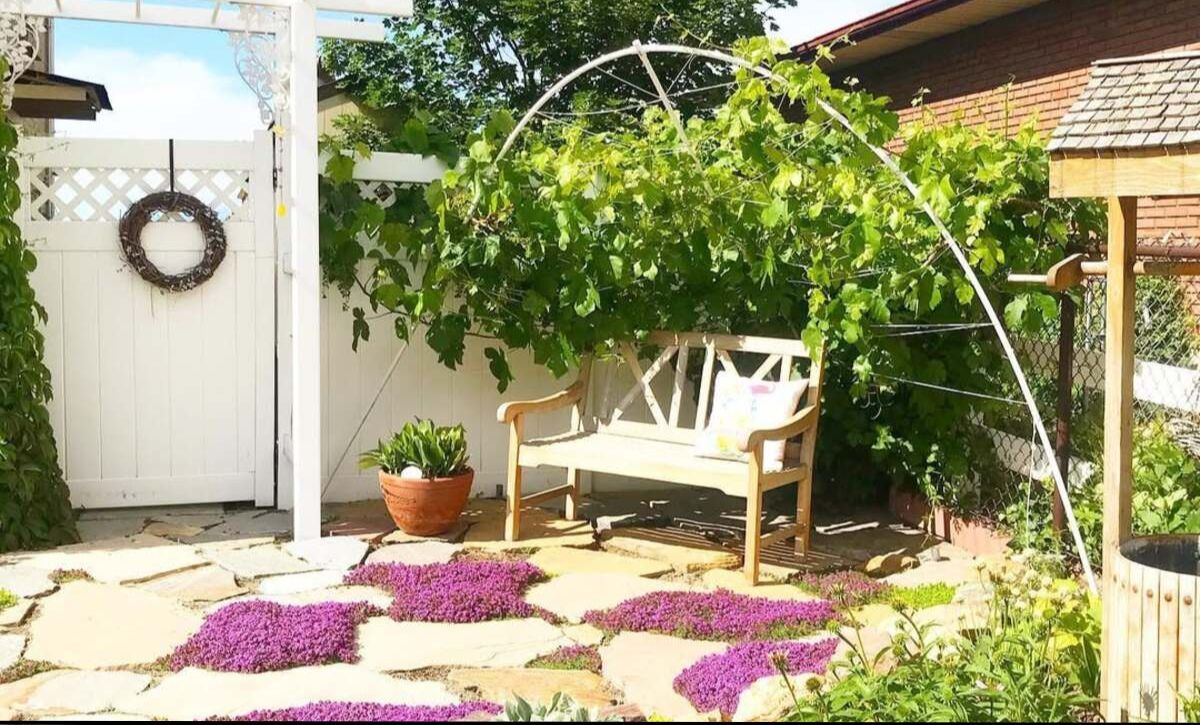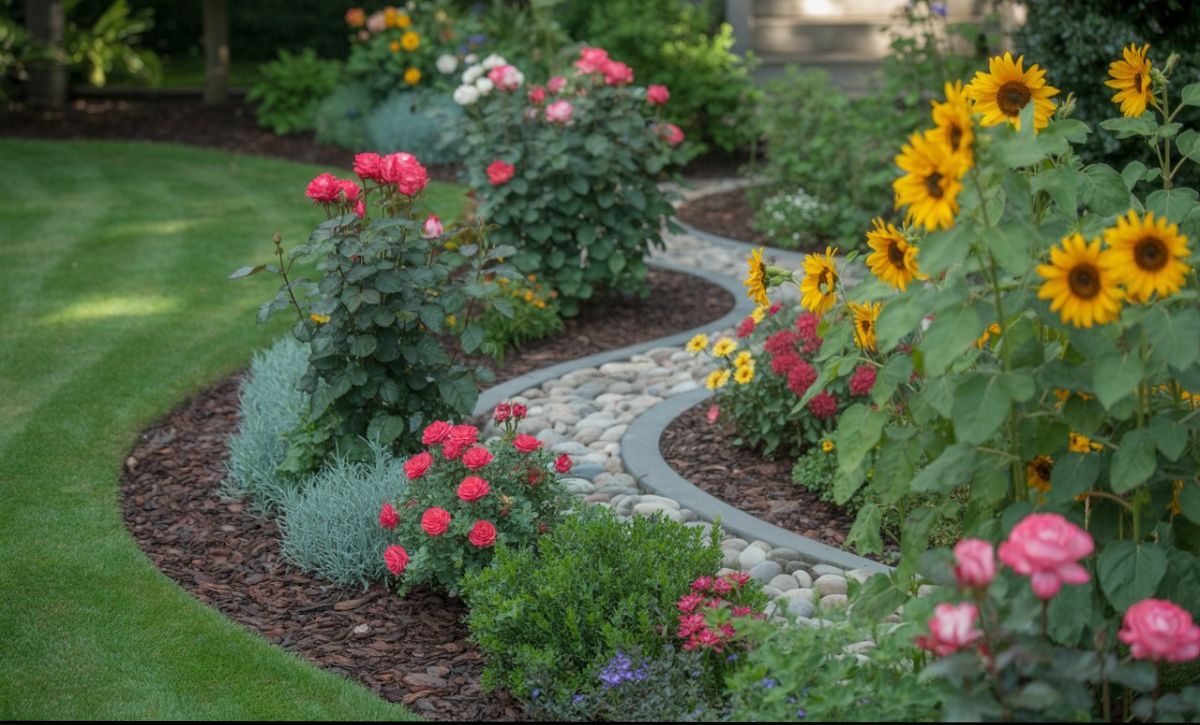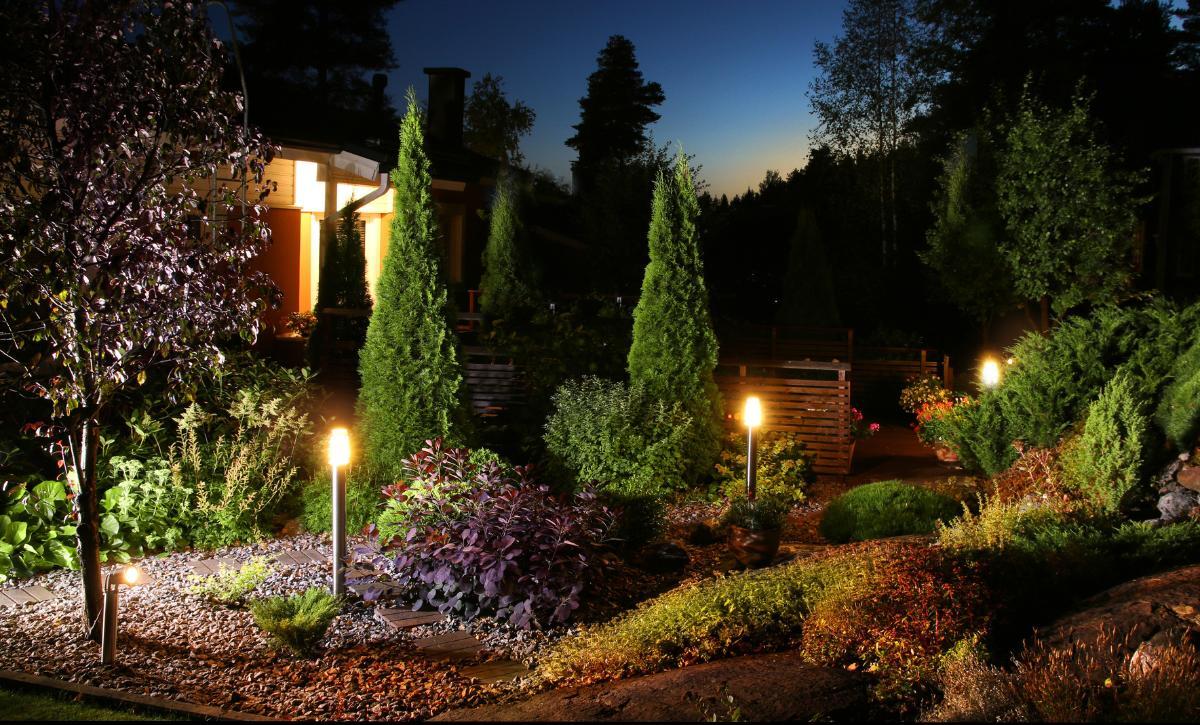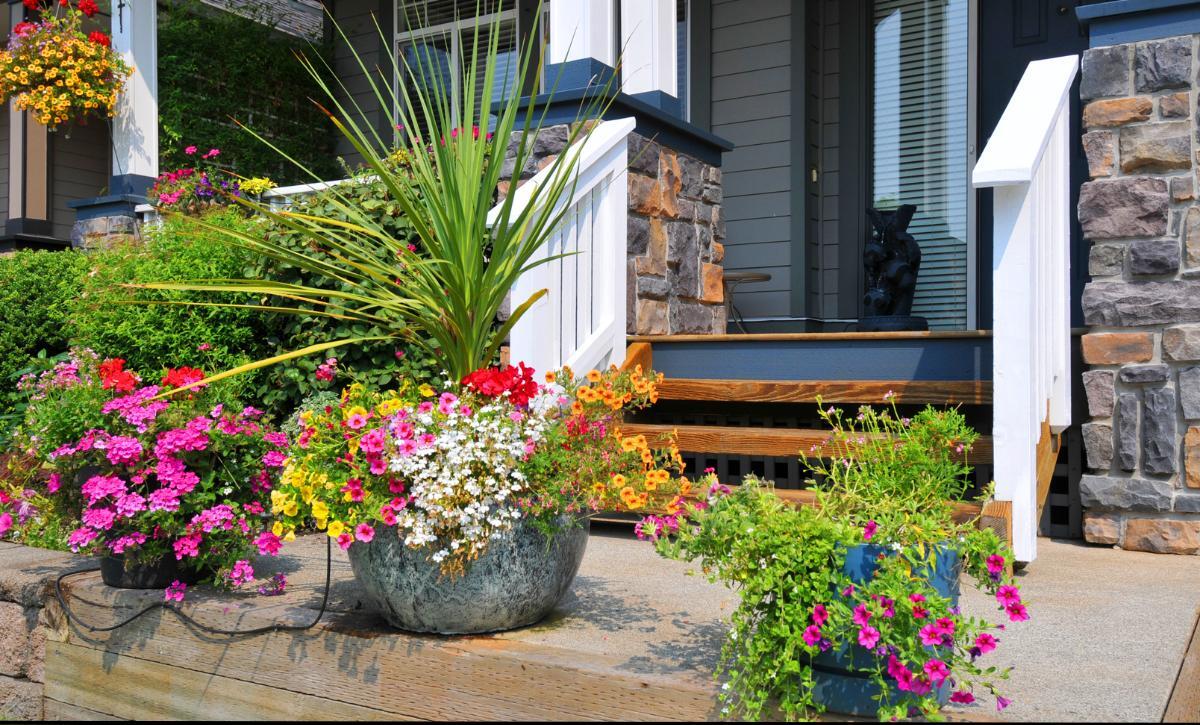With all of the fancy gardening products on the market, it’s easy to miss the one that’s already in your kitchen: coffee grounds!
The next time you finish a pot of coffee, save the grounds — they’re a great way to improve soil quality and encourage healthy plant growth.
As a bonus, these hacks for using coffee grounds in the garden save money and reduce your household waste.
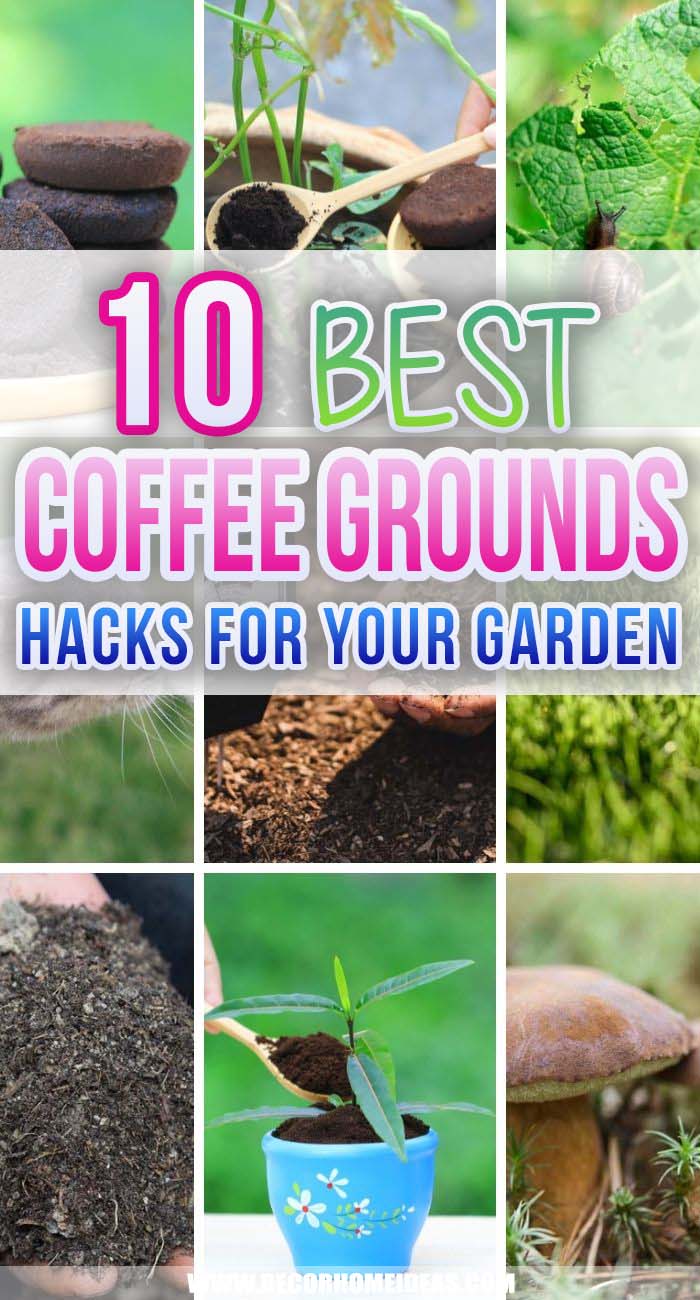
1. Coffee in Compost
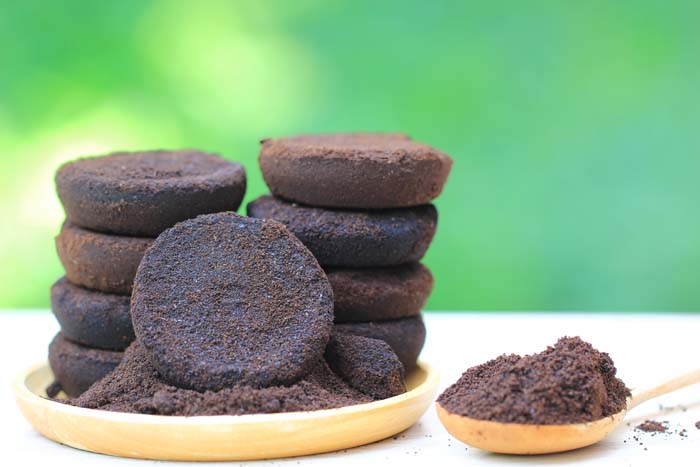
If you use compost to save food scraps and add nutrients to the soil in your garden, coffee is a great addition.
The coffee grounds enrich the mix, helping it add valuable nitrogen to the soil. Using coffee in compost is a breeze — just toss in the grounds.
You can even throw in the paper filters; they’ll break down quickly. Keep in mind that coffee grounds are considered a “green” compost ingredient.
Make sure to balance them out with “brown” materials such as leaves, sawdust, or newspaper. With the right mix, your compost ingredients break down quickly and resist strong odors.
2. Fertilize With Coffee Grounds
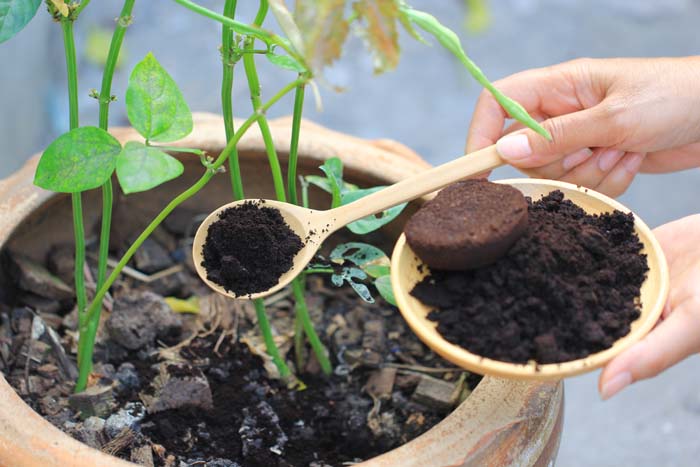
If you don’t make compost for the garden, you can still use coffee grounds.
They’re rich in nitrogen, so you can add them to the soil as a fertilizer. The nitrogen nourishes the plants, and the material itself helps create excellent drainage and aeration.
A little goes a long way — sprinkle a handful of used coffee grounds over the soil around the base of your plants.
If the soil is loose, mix the grounds with the top 2 or 3 inches of dirt. Take care to scatter the grounds sparingly, ensuring that they don’t fall in a thick layer.
When they do, they can stick and prevent moisture from getting to the roots of the plants. Does your garden have a thick ground cover? Soak coffee grounds in a pail of water to create a liquid fertilizer.
Use a watering can to apply it to the soil; if it’s hard to reach the ground, you can also pour it directly onto the plants.
3. Cat Repellent
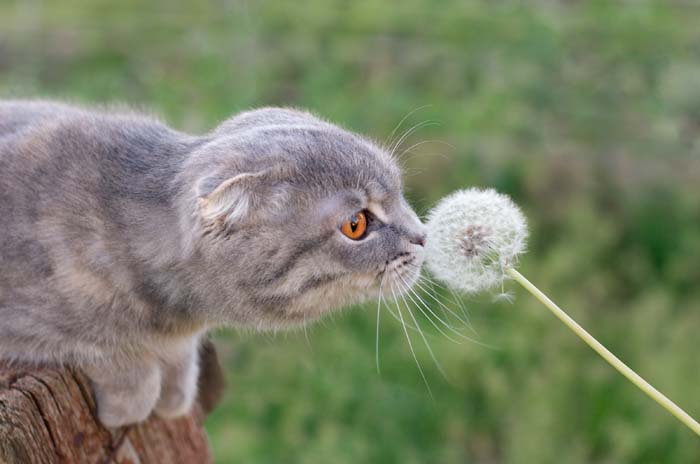
If you’ve noticed that your garden is a litter box for neighborhood cats, head straight to the coffee maker to get the used grounds.
Cats are not fond of the strong smell, so they’re likely to avoid the area. In most cases, it’s enough to scatter the coffee on the soil.
If that doesn’t deter the cats, you can create a larger “wall” of coffee grounds around the garden plot. A higher concentration creates a more intense odor, so curious cats will steer clear of your space.
4. Change Soil pH
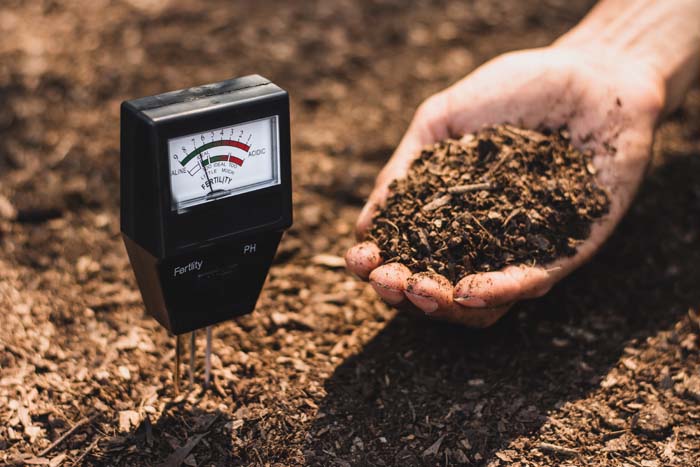
Are you growing plants that thrive in acidic soil?
Coffee grounds are one way to encourage faster growth. The trick is to use fresh grounds; once the grounds are used to brew coffee, they lose their acidity.
To boost the pH level of alkaline soil, dig down about 8 inches. Add the fresh coffee and mix it into the soil.
The amount you need varies based on the baseline acidity of your yard; you can use a test kit to measure the coffee’s impact on soil acid levels.
This is a great, natural strategy for plants such as strawberries, azaleas, blueberries, and rhododendrons.
5. Growing Mushrooms
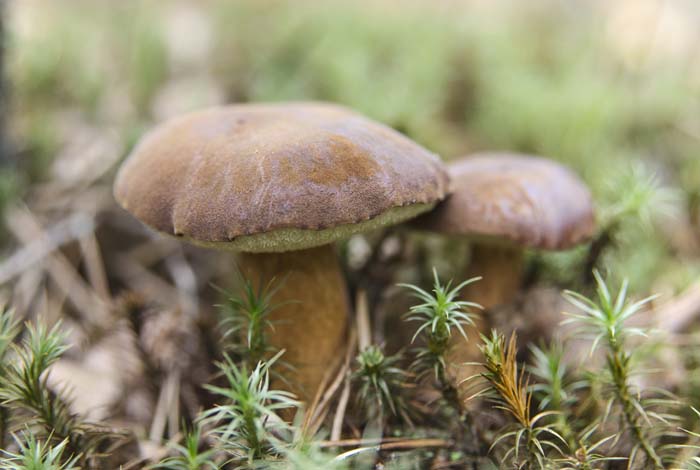
If you’re interested in growing mushrooms, start saving your coffee grounds.
Since they’ve been washed with hot water, they create the perfect environment for fruitful mushroom growth. Simply mix the grounds with boiled straw, and add a few shiitake or oyster mushroom spawns.
Seal them in an airtight plastic bag, and cut a few holes in the other side.
Place this setup in a dark, humid place and leave it for a few weeks. Eventually, mushrooms will start to grow out of the holes in the bag.
At this point, you can set your bag in a sunny spot and mist it daily until the mushrooms reach full size.
6. Lawn Fertilizer
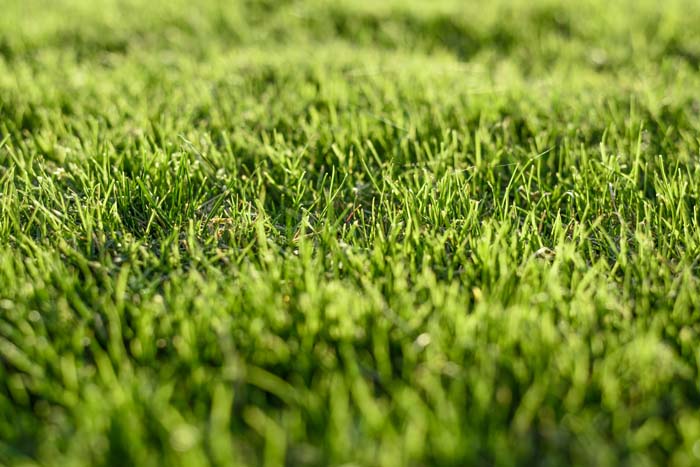
Don’t have a garden? No problem — coffee grounds also work as a fertilizer for your yard.
Since a lawn is considerably bigger than a garden, the most efficient option is to turn the grounds into a liquid fertilizer. Just mix 2 cups of used coffee grounds into a 5-gallon pail of water.
Let it steep overnight; then, pour the mixture into a spray bottle and mist your lawn. If you don’t have a spray bottle that’s big enough, you can also sprinkle the mix onto the grass using a watering can.
7. Mulching With Used Coffee Grounds
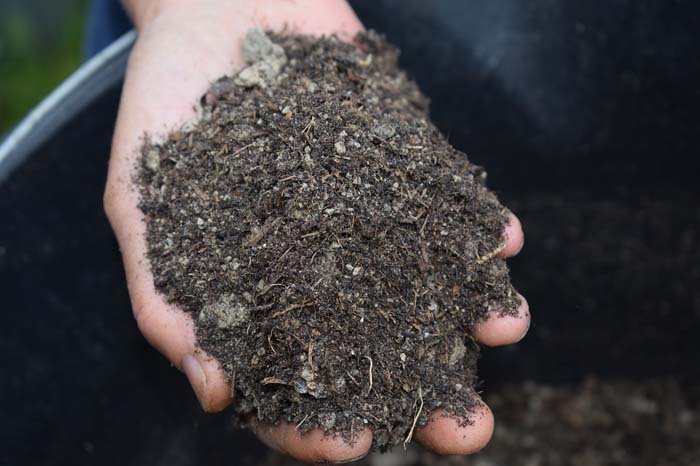
Spice up your everyday garden mulch with a batch of freshly brewed coffee grounds.
This is an easy way to improve nitrogen levels in the soil. Never use the grounds on their own — they’ll create a barrier on top of the soil, so water and air won’t be able to reach the roots. Instead, add the coffee grounds into your existing mulch.
Then, spread the mixture around the base of your plants. The coffee adds beautiful dark color to the mulch, creating a gorgeous contrast with the leaves and flowers.
8. Repel Snails and Slugs
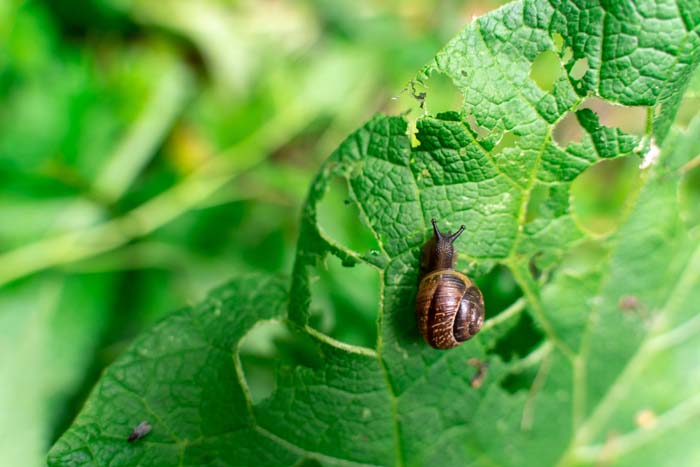
If you’re battling to keep snails and slugs away from your fruits and vegetables, coffee grounds are an affordable solution.
There are a few theories as to why this method works. Some people believe that the leftover caffeine in the grounds irritates the critters.
Others credit the abrasive nature of the grounds, saying that it’s too harsh for the slimy pests. Regardless, it can’t hurt to try — just sprinkle it over the soil, or create a line of coffee grounds around the edge of the garden to act as a snail barrier.
9. Suppress Weeds
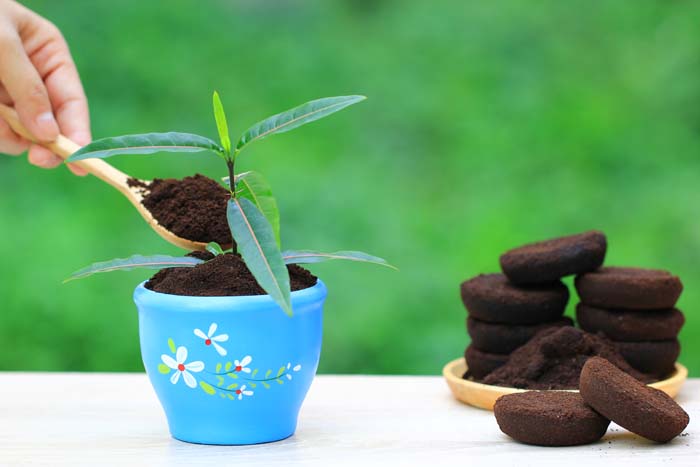
Weeds are the bane of every gardener. If you spend hours pulling out pesky plants, coffee grounds might be able to help. Simply mix them into the soil; the natural properties of the coffee can deter certain types of invasive plants, so you can spend less time weeding and more time enjoying the fruits of your labor.
In some cases, coffee can also reduce the risk of fungus. Whether or not the coffee grounds are effective for your local weed varieties, they’ll improve the soil quality and deliver nourishing nitrogen to your flowers and vegetables.





